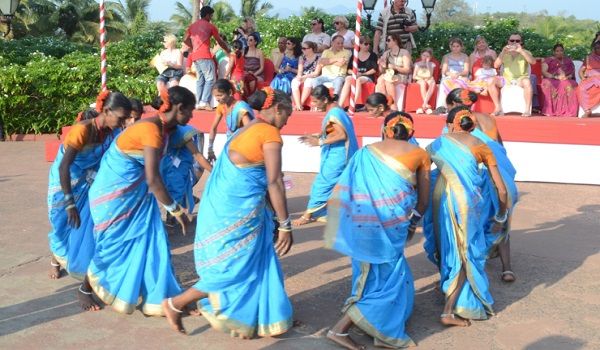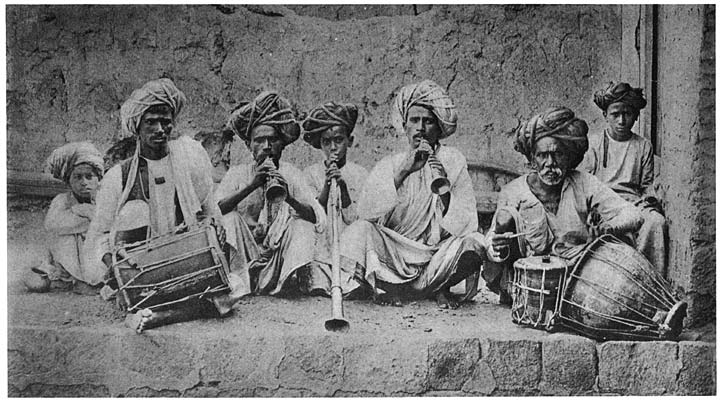Classic culture of Kanha-Desh popularly known as Khandesh.
Khandesh (Kanha-Desh) is a sub-region of Maharashtra which acts as a lap for holding Pre-historic heritage, diverse traditions and multifaceted culture together. Bound by hills and Ghats, this place has its very own natural beauty which is why it acts as an attraction to the Central India, alongside the valley of the holy River Tapi.
It is a homogenous mix of different cultures from Aryan, Non-Aryan, Buddha and Mughals. The Mughal rulers and few Satavahana rulers, impressed by the Buddhist philosophy, have left imprints of their cultural aspects on Khandesh.
The nomenclature of this province of Khandesh is believed to have different stories.
In the ancient times, this region was occupied by Ahirs, also known as cattle herders, who were devotees of Lord Krishna. Since Krishna had a nickname called Kanha, the people referred to it as country (desh) of Kanha which gave the name Kanha-Desh; in due course of time, it became Khandesh.
Carrying the practice forward from the Ahir sect, locals here speak in Ahirani dialect which is an admixture of Marathi, Gujarati, Hindi and also ancient Magadhi and Saurashtri. Besides their own, a great contribution to this diverse culture of Khandesh has come from Rangpur culture of Gujarat and Malwa culture of Madhya Pradesh.

There is a special adivasi district called Nandurbar, which reflects how deep the roots of adivasi culture gone deep into the culture. They are told to be the successors of Mohenjo Daro and Harappan civilisations, residing in the hills of Satpura.
The most famous tribes of this place are Gonds and Bhils, which again have numerous sub-tribes — Rajgonds, Maharaj Gonds, Pachhashi Gonds, etc., Influenced by their ancestral traditions, they worship deities like Raavan, Mandari matha, Meghanaath and Holika.
Apart from the common festivals, Khandesh (Kanha-Desh) is popular for following a tradition where they perform religious rites called Rotpuja and Chakrapuja. Rotpuja is performed in the honour of the folk goddess Kanbai (Balsane – Wikipedia ) on the first Sunday after Nagpanchami. On the other hand, Chakrapuja is performed in the honour of goddess, Ranubai.

Besides the religious customs and practices, the heritage and art forms of Khandesh add a little extra grandeur to its rich culture. The Fugadi dance of women, Bhillau dance of Bhils and Viroba dance of Dhanagars, the shepherd community, are the important dance forms which add uniqueness znd vivid colour to this region.

The Khandeshi locals have two famous art groups namely Mahar and Mang communities, who inherit the spirit of all traditional arts. The Mahar communities entertained people with art forms like singing, dancing and orchestra while Mang communities were experts in reading, writing and philosophy. The places all around have some magnificent historical and cultural places like fort of Parola, which was the hometown of famous freedom fighter Rani Lakshmibai.
The diversity in beliefs and customs, the prospects inherited from many great kingdoms, the warm and welcoming smiles of locals, the greenery and rivers along the borders, enthralling traditions and art forms, exciting celebrations and fervor, interesting stories and mythological drama involved are one of the many reasons why we should visit this region at least once, especially if we are keen on exploring the raw and unhampered aspects of Indian arts and culture.
Read More : Indian art and culture – Unvoiced Media and Entertainment
